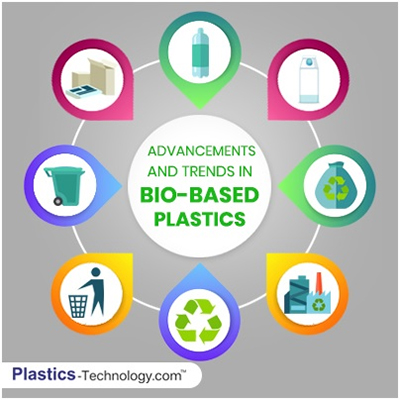Articles
Revolution on Plastics Outgassing

Over 2.5 million water bottles are thrown away every HOUR in United States alone and this statistics doesn’t include thousands of other plastic products that are manufactured, used and discarded at the same time. If these calculation results are consolidated, the plastic waste would be beyond 60 billion tons every year. These numbers are hindering the plastics industry business majorly. Because the disadvantages of the plastic products are comprehensive at individual, global, universal and environmental level, as a major part of this material products are land filled or burned. By the time these are land filled or burned or recycled, they out gasses toxics into the environment. To minimize these disadvantages, billions of money is invested in research & development (R&D) by developed Nations and Institutions on outgassing, leaching, and extraction parameters. In order to take the advantage of the scenario, the industry need to adapt the ways to reduce the outgassing in the plastic products, since the reduction in plastic usage is merely possible.
Recent developments in plastic industry include generating electricity from transparent material, reusable & recyclable plastics, etc. A lot of changes in Plastic Industry policies are brought up to reduce the green house gasses and to encourage entrepreneurs to be more sustainable oriented, while being profit oriented.
Where revolution has taken a turn …..
One of the most recent outbursts of R&D result is the “New Plastic Technology” that limits toxic outgassing. It is a method to avoid the harmful outgassing of chemicals like plasticizers, formaldehyde and others from plastics that cause health problems to humans. So, the new technology is a way to lead phthalate and other acids permanently bond & chemically attach to the internal structure of polyvinyl chloride (PVC). As a result plasticizers will not migrate and keeps the plastic as it is, as actually intended.
There is an overwhelming demand for these low outgassing concepts in plastics from all industrial purposes to consumer goods. Aerospace and aircraft industry is in requirement of this concept to reduce fogging and other problems associated from mobile silicone oils in the cured silicone elastomer. While, the silicone oils are created at manufacturing phase of the silicone polymer and can be removed through various degrees of processing. NuSil Technology offers customized concepts, solutions and products to industry based on the client’s requirement specifications. Their solutions are giving excellent compatibility utility in the extreme environments of the aircraft industry, which can maintain elastic properties without degradation under continuous high temperature exposure of up to 250 °C.
The Ultra Low Outgassing silicones are also excellent for reducing the risk of contamination to increase the operation life in sensitive electronics and optical applications. So, engineers of the sensitive optical applications are demanding the lowest possible outgassing material to limit the risk of creating any contamination. This is required at conditions like:
- » Applications that are sensitive to contamination
- » Applications where repair or rework is almost impossible
- » Laser modules
- » Surface Acoustic Wave Guides
- » Hermitically Sealed Packages
- » In MEM type applications
The silicones can be incorporated with iron oxide fillers that can impart increased thermal stability at high temperatures. Alternatively the same silicones can also be modified for low outgassing or fuel resistance to handle the rigorous demands of aerospace and aircraft technologies.
Fiber Optic Industry is another industry that is conceptualizing to afford low outgassing components. Since this also includes photonics, telecommunications or optical components, the trend is slowly spreading to all industries. Epoxy Technology’s adhesives are tested in accordance with Telcordia GR 1221 that gives “Generic Reliability Assurance Requirement for Passive Optical Components” and helps to assure the practical, useful life for certain manufactured devices relating to long term performance.
The outgassing plastic products can have devastating affects on the long term reliability and these can be solved with the application of the low outgassing solutions. But the question arises at mass plastic usage in infrastructure and industrial purposes whose affordability of these solutions is predominantly low when compared to Aerospace and Aircraft Industries. However, this is a potential option for the plastics industry to adapt and work against the environmental controversies it is facing than any other industry and to attract the back the market that has migrated to non plastic options.




